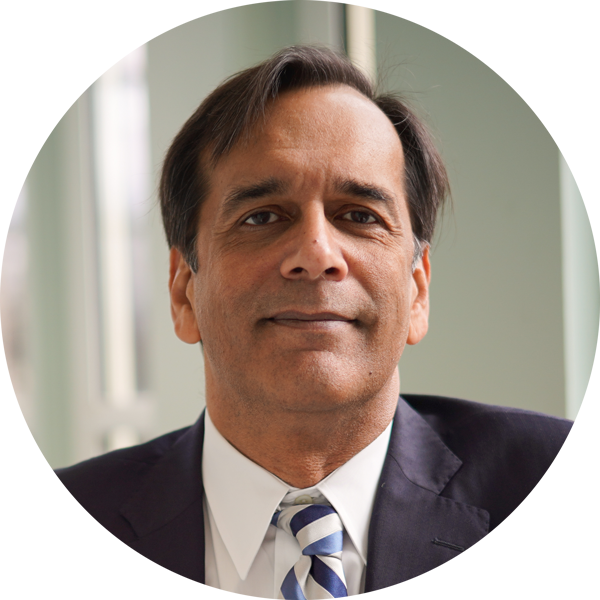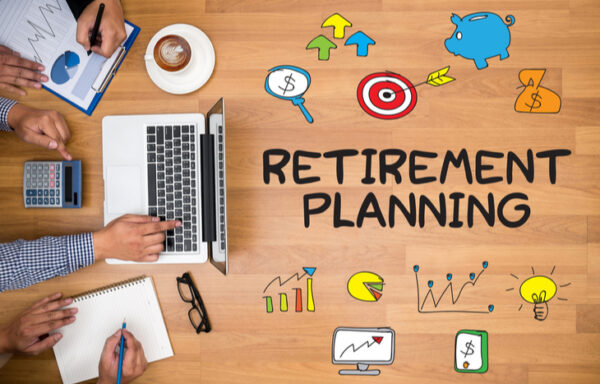A Painful Reminder
We’re quick to criticize the healthcare system in the U.S.
To be sure, there’s plenty of cause for legitimate frustration with our healthcare system. Premiums and prescription costs are too high, too many unnecessary tests pile on costs, statements are impossible to read or understand… the list is endless.
But a stark reminder last week brought me back to earth in terms of how grateful I am for the healthcare system in the U.S.
I was on vacation in Scotland. I was on a whisky and walking tour of the River Spey region that distillers like Glenfiddich and Macallan call home. Each day, we would leave one hotel or bed-and-breakfast and walk or run to the next one five to 10 miles away.
Then would come a nice long rest and an optional visit to a distillery to get a good tasting and an accompanying buzz. Some more rest would follow, and then a great dinner. It was a trip full of good times with good friends.
But on the last night before heading to Edinburgh, I felt a sharp pain in my side. Keep in mind, this was Scotland, in the United Kingdom… not a country where the water is unsafe.
I quickly checked Google for a walk-in clinic nearby. There were none. I checked for an emergency room. The closest one was in Inverness, about 35 miles away. The pain subsided, so I decided to wait until I reached Edinburgh the next day.
That morning, I went to the pharmacy to see if someone there could help diagnose what I had. They had good insight, but they couldn’t help with any prescription – no different than here in the U.S.
There was one doctor down the street, but it would be hours before I could see him without an appointment.
I went back online to check for options before I arrived in Edinburgh. There were a couple of walk-in clinics where I could talk to a doctor via Skype, but they closed at 5 p.m. and my train was set to arrive at 6 p.m.
There was one ER in the area. But it was also the weekend of the massive Edinburgh Festival Fringe, during which the population in the city swells by more than half a million people. I would give that ER a try, but only if the pain got worse.
It stayed the same, so I loaded up on ibuprofen and hopped on the plane for the flight back. While in New York, at the airport, the pain worsened.
My next flight would get me home in about three hours. I Googled walk-in clinics again just in case, and more than a dozen popped up. That made me feel better.
As soon as I got to my home airport, I beelined to one of the half-dozen walk-in clinics on the way home from the airport. Within 20 minutes, I was lying on my back getting a CT scan. Within an hour, I had the results of the lab work and the scan.
I had a kidney stone. It measured exactly 4 millimeters (so it wasn’t major), and it was trying to make its way out. The doctor pinpointed the exact location on the scan. He gave me a couple of prescriptions and a CD of the scan, and I was on my way home.
I can only imagine how that process would have played out in Edinburgh. I’d have likely had a few hours of waiting… and an X-ray at best. Here, I had precise information and close to no wait time.
Yes, I paid for it through higher insurance premiums than residents of the U.K. pay for their National Health Service. But, like everything else in life, you get what you pay for – and when it comes to health, what’s more important?
Our healthcare system may seem dysfunctional and out of control in terms of costs, red tape and greedy insurance companies’ practices. But when you need it, it’s there, and the majority of the time, it works exactly as it’s meant to.
[adzerk-get-ad zone="245143" size="4"]About Karim Rahemtulla
Karim began his trading career early… very early. While attending boarding school in England, he recognized the value of the homemade snacks his mom sent him every semester and sold them for a profit to his fellow classmates, who were trying to avoid the horrendous British food they were served.
He then graduated to stocks and options, becoming one of the youngest chief financial officers of a brokerage and trading firm that cleared through Bear Stearns in the late 1980s. There, he learned trading skills from veterans of the business. They had already made their mistakes, and he recognized the value of the strategies they were using late in their careers.
As co-founder and chief options strategist for the groundbreaking publication Wall Street Daily, Karim turned to long-term equity anticipation securities (LEAPS) and put-selling strategies to help members capture gains. After that, he honed his strategies for readers of Automatic Trading Millionaire, where he didn’t record a single realized loss on 37 recommendations over an 18-month period.
While even he admits that record is not the norm, it showcases the effectiveness of a sound trading strategy.
His focus is on “smart” trading. Using volatility and proprietary probability modeling as his guideposts, he makes investments where risk and reward are defined ahead of time.
Today, Karim is all about lowering risk while enhancing returns using strategies such as LEAPS trading, spread trading, put selling and, of course, small cap investing. His background as the head of The Supper Club gives him unique insight into low-market-cap companies, and he brings that experience into the daily chats of The War Room.
Karim has more than 30 years of experience in options trading and international markets, and he is the author of the bestselling book Where in the World Should I Invest?






